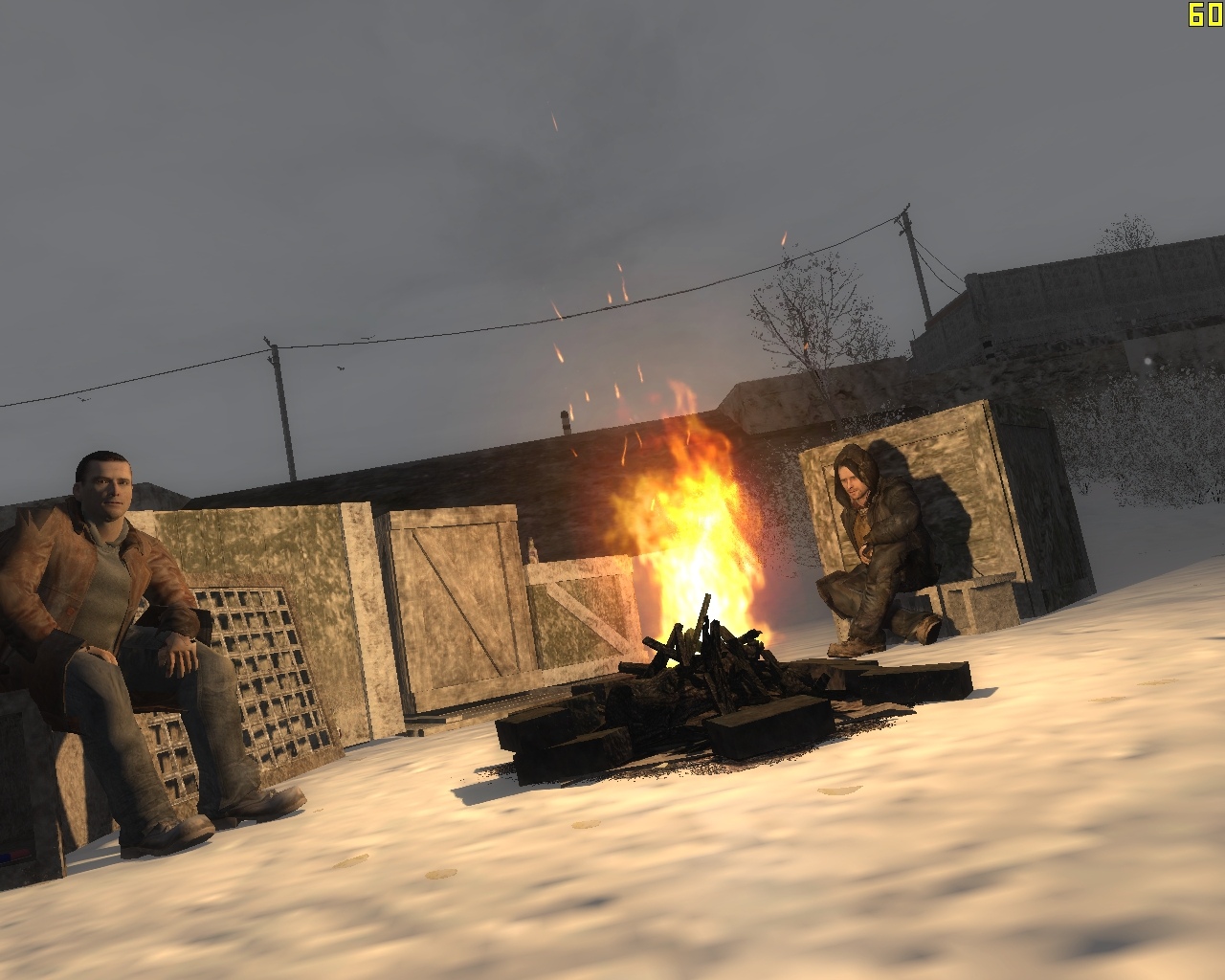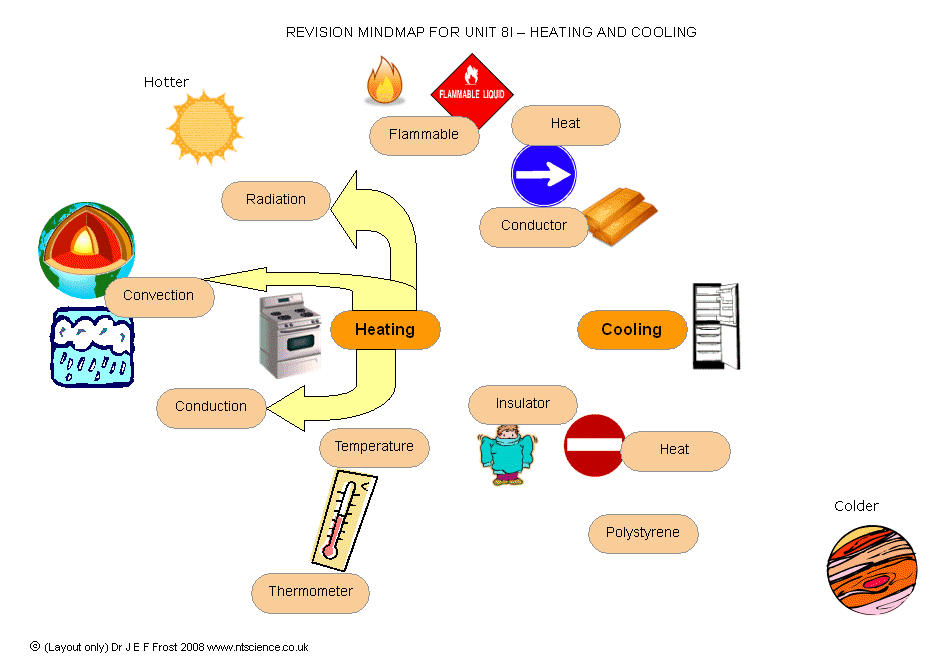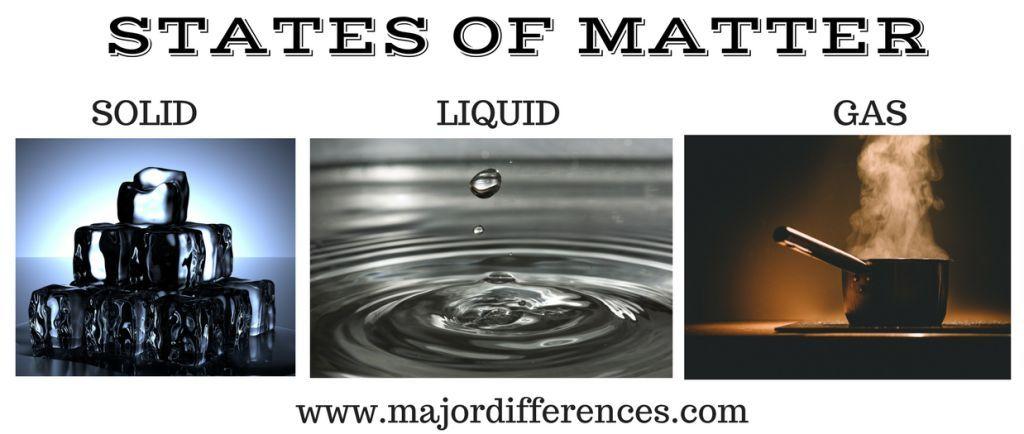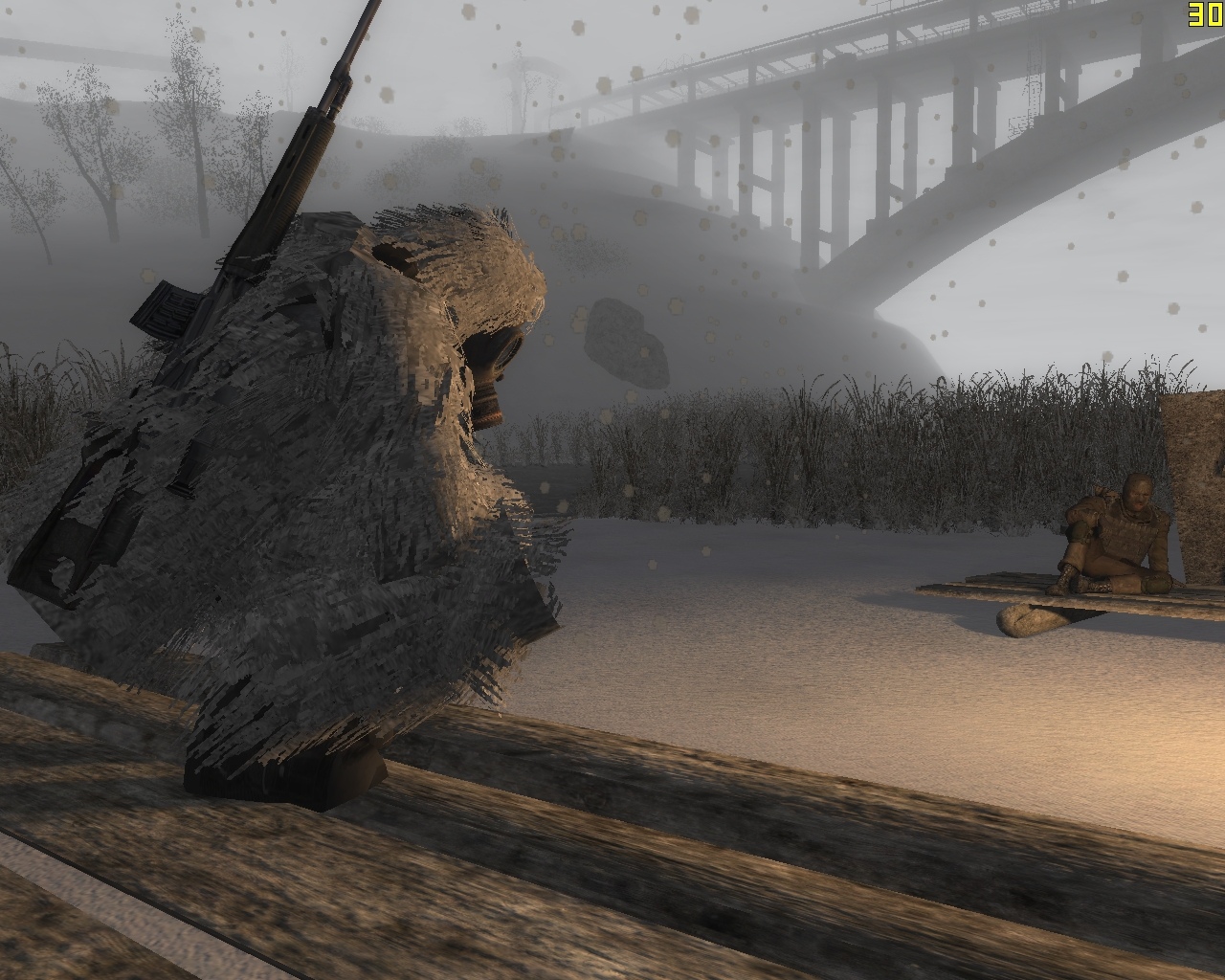Properties gases liquids
Data: 4.03.2018 / Rating: 4.8 / Views: 626Gallery of Video:
Gallery of Images:
Properties gases liquids
Properties of Gases and Liquids, Fifth Edition, is an allinclusive, critical survey of the most reliable estimating methods in use today now completely rewritten and reorganized by Bruce Poling, John Prausnitz, and John OConnell to reflect every latebreaking development. The Properties of Solids, Liquids and Gases By Kevin Lee; Updated April 25, 2017 Sometimes called the fourth state of matter, plasma consists of ionized gas wherein one or more electrons aren't bound to a molecule or atom. Thermal Conductivity: Nonmetallic Liquids and Gases (Thermophysical Properties of Matter) by Touloukian, Y. S and a great selection of similar Used, New. Baixe grtis o arquivo Chemical Engineering enviado por Everton no curso de Engenharia Qumica na UFCG. Sobre: Livro destinado a estudantes do curso de engenharia qumica e reas a fim. A gas has no definite shape or volume of its own. It acquires the shape of the container. Reason: Intermolecular attraction is the weakest in gases whereas intermolecular separation is the largest. Hence, molecules in a gas move very fast and the gas expands to fill all the space available. Buy The Properties of Gases and Liquids 5E 5 by Bruce E. Prausnitz, John O' Connell (ISBN: ) from Amazon's Book Store. The module also examines how temperature and molecule size and type affect the properties of liquids. Key Concepts Liquids share some properties with solids both are considered condensed matter and are relatively incompressible and some with gases, such as. The properties of liquids are easy to observe and describe. The attractive and repulsive force between the particles in a liquid is comparatively less than solids. These forces are inversely related to the distance between the particles. Liquids flow from higher to lower level. Liquids have their boiling points above room temperature, under normal conditions. The liquids on heating slowly changes to vapor or gaseous phase. What are physical properties of liquids? Chemistry Phases of Matter Properties of Solids, Liquids, and Gases. The Properties of Gases and Liquids by John O'Connell, , available at Book Depository with free delivery worldwide. Solids, liquids and gases are the three main phases of matter. Solids have a fixed crystalline structure, whereas liquids and gases are more freeflowing. The phase of matter that a given substance exhibits depends on temperature and pressure. Solids have the least internal energy of the three. As in gases, however, the molecules in liquids are in constant motion, and their kinetic energy (and hence their speed) depends on their temperature. We begin our discussion by examining some of the characteristic properties of liquids to see how each is consistent with a. investigate the properties of and interactions between liquids and between liquids and solids and identify the types of objects or materials that can be used to contain liquids and solids (eg. a plastic bowl will hold a liquid or a solid but a paper towel Gases can't be liquified at temperatures above the critical temperature because at this point the properties of gases and liquids become the same, and there is no basis on which to distinguish between gases and liquids. Properties of solids, liquids and gases PowerPoint Presentation, PPT DocSlides By the end of the lesson you should know. The names of the states of matter. That matter is made of particles. How the particles are arranged in solids liquids. The names of the changes of state. Study for your next test or better understand an assignment that covers the properties of gases and liquids with help from this chapter. Fun Properties of Matter: Liquids. By Mary Bagley, Liquids will flow and fill the lowest portion of a container, taking on the shape of the container but not changing in volume. The critical point is the point at the highest temperature and pressure at which liquids and gases remain distinguishable. At temperatures and pressure beyond this point the matter exists in a phase with properties of both liquids and gases known as a supercritical fluid. The single distinction that initially baffled scientists that of gas particles having more space to move freely than particles of solids or liquids informs each of the properties that all gases have in common. Completely rewritten and reorganized to reflect the latest developments in estimating the properties of gases and liquids, this new edition of the highly regarded reference presents a comprehensive survey of the most reliable estimation methods in use today. It provides instantly usable information on estimating both physical and thermodynamic properties when experimental data are not. The fourth edition of this reference volume gives the property values for more than six hundred pure chemicals and also provides a critical survey of the most reliable estimating methods. The book further demonstrates how to estimate physical and thermodynamic properties when experimental data are. The properties of gases and liquids. [Robert C Reid; J M Prausnitz; Bruce E Poling On the other hand, as liquids and gases share the ability to flow, These properties make a liquid suitable for applications such as hydraulics. Solids, liquids and gases The particle theory is used to explain the properties of solids, liquids and gases. The strength of bonds between particles is different in all three states. Properties of Gases and Liquids, Fifth Edition, is an allinclusive, critical survey of the most reliable estimating methods in use today now completely rewritten and reorganized by Bruce Poling, John Prausnitz, and John OConnell to reflect every latebreaking development. A gas is a form of matter that lacks a defined shape or volume. Gases share important properties, plus there are equations you can use to calculate what will happen to the pressure, temperature, or volume of a gas if conditions are changed. Solids maintain a fixed volume and shape and are not easily compressed. Liquids can flow easily and assume the shape of their container but can be easily compressed but it is hard but not as hard as compressing a solid. Liquid: Liquid, in physics, one of the three principal states of matter, intermediate between gas and crystalline solid. The most obvious physical properties of a liquid are its retention of volume and its conformation to the shape of its container. Learn more about the properties and behavior of. Properties of Gases and Liquids, Fifth Edition, is an allinclusive, critical survey of the most reliable estimating methods in use today now completely rewritten and reorganized by Bruce Poling, John Prausnitz, and John O'Connell to reflect every latebreaking development. of Fluids Fluids Liquids and gases are both fluids: a fluid is any substance that flows and takes the shape of its container. Fluids Properties of Gases and Liquids, Fifth Edition, is an allinclusive, critical survey of the most reliable estimating methods in use today now completely rewritten and reorganized by Bruce Poling, John Prausnitz, and John OConnell to reflect every latebreaking development. Gases have lower density than other states of matter, such as solids and liquids. There is a great deal of empty space between particles, which have a lot of kinetic energy. the properties of gases and liquids fourth edition pdf shared files: Here you can download the properties of gases and liquids fourth edition pdf shared files that we have found in our database. Naming examples of solids, liquids, and gases is a common homework assignment because it makes you think about phase changes and the states of matter. Examples of Solids Solids are a form of matter that has a definite shape and volume. Animated cartoons allow children to see the properties of solids, liquids and gases. Learn about the properties of materials, how solids dissolve, how liquids evaporate, reversible changes and. The particle theory is used to explain the properties of solids, liquids and gases. The strength of bonds between particles is different in all three states. PHYSICAL PROPERTIES OF LIQUIDS AND GASES TABLES OF PHYSICAL PROPERTIES OF LIQUIDS AND GASES C1 Density of Liquids C2 Viscosity of Gas C3 Viscosity of Liquids Yaws, C. , Chemical Properties Handbook: Physical, Thermodynamic, Environmental, Transport, Safety, and. The Properties of Gases and Liquids Reid and Prauznit 4a Ed Download as PDF File (. Buy The Properties of Gases and Liquids ( ) ( ): NHBS Bruce E Poling, John M Prausnitz and John O'Connell, McGraw Hill Properties of Liquids. At very high temperatures and pressures the properties of a substance resemble those of both a liquid and a gas. Supercritical Fluids: A Super Critical Fluid (SCF) is defined as a substance above its critical temperature (TC) and critical pressure (PC). THE PROPERTIES OF GASES AND LIQUIDS Bruce E. Poling Professor of Chemical Engineering University of Toledo John M. Prausnitz Professor of Chemical Engineering Download Citation on ResearchGate The Properties Of GasesLiquids The fourth edition of this reference volume gives the property values for more than six hundred pure chemicals and also. Request PDF on ResearchGate The Properties of Gases and Liquids This book presents a critical review of various estimation procedures for a limited number of properties of gases and liquids. Liquids and solids are often referred to as condensed phases because the particles are very close together. The following table summarizes properties of gases, liquids, and solids and identifies the microscopic behavior responsible for each property. Animated cartoons allow children to see the properties of solids, liquids and gases. Learn about the properties of materials, how solids dissolve, how liquids evaporate, reversible changes and. Purchase Properties of Gases, Liquids, and Solutions 1st Edition. Gases have three characteristic properties: (1) they are easy to compress, (2) they expand to fill their containers, and (3) they occupy far more space than the liquids or solids from which they form. Properties of Gases and Liquids, Fifth Edition, is an allinclusive, critical survey of the most reliable estimating methods in use today now completely rewritten and reorganized by Bruce Poling, John Prausnitz, and John OConnell to reflect every latebreaking development. For fluid flow and heat and mass transfer, the database can compute viscosity, density, heat capacity, thermal conductivity, and diffusivity of liquids and gases. For systems with several phases, the thermodynamic properties database computes the composition of the phases at equilibrium.
Related Images:
- Grease mega mix
- Pink floyd french tv
- Go west 1940
- Run the jewels
- Crack adobe mac cs6
- Ncis los angeles complete
- Age of extinction 720
- Formula 1 australian
- White on rice
- A little bit longer
- Wow hits 1
- 1080 shingeki no
- Six sense latino
- Kurokami the animation
- Unkle end titles stories for film
- The land before time 1
- Microsoft word 2013
- Duplicate file detective 4
- Gta III pc
- Army of darkness directors
- The simpsons tapped out
- The legend of the hercules
- Cage Hells Winter
- Pongo il cane milionario ita
- Photoshop cs4 portable
- Dio
- Lars and the Real Girl 2007
- Abraham lincoln vampire hunter eng
- Hold you down
- Switched at birth s03e08
- 8 out of 10 cats does countdown
- Update deus ex
- Live at the Acropolis
- The farewell tour dvd
- Ghostface the wallabee champ
- Na na na
- The offspring greatest
- Teddy pendergrass greatest hits
- Lion of the Desert 1981
- The notorious big
- The missing link
- 15 kids and counting
- Sum 41 discography
- Hugo 2011 publichd
- Roadhouse blues doors
- Going to hell
- Marvel comics 1
- Tula the revolt
- 70s music explosion
- Dvd architect pro
- Hunter x hunter avi
- Cedar cove s02e01
- The lego movie ac3
- House 1 md
- South park tsst
- I can do anything
- Las 101 grandes canciones del soul
- The walking dead 2 android
- A shot in the mouth
- Rancid lets go
- Flags and emblems
- The hanging gale
- Separate but equal
- Winter il delfino 2 ita
- Xvid cats and dogs
- Evil angel lex
- Como conoci a vuestra madre 5 temporada
- Stranger on horseback
- Legend of the fall
- Star wars the clone wars complete
- Naruto episode 131












